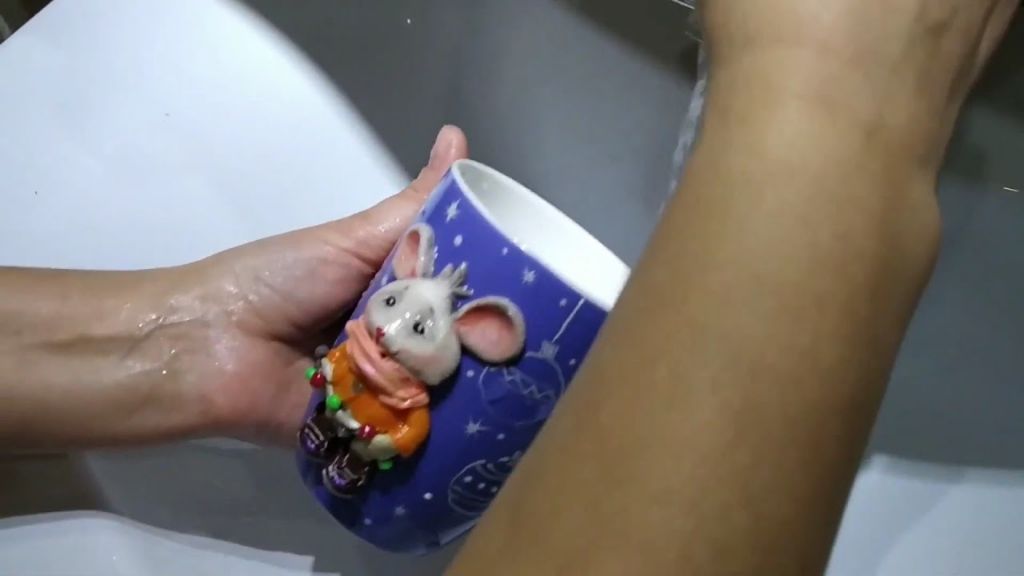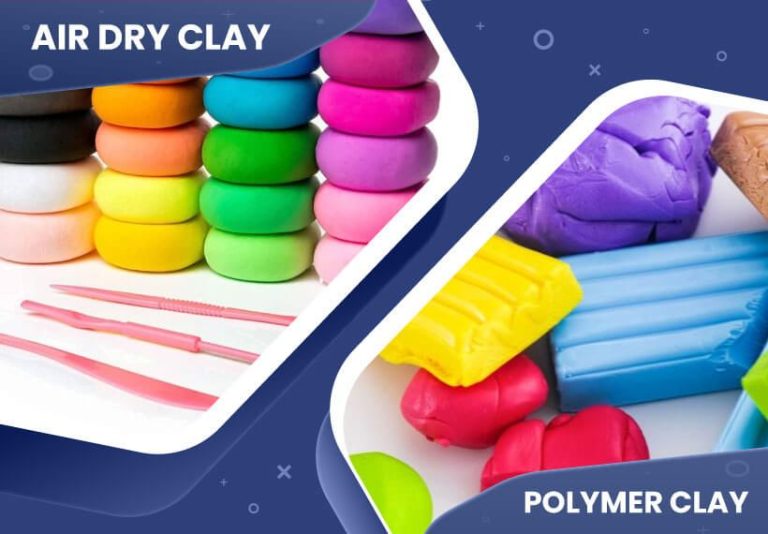Are Clay Cups Healthy?
Clay cups are food and drink wares made from different types of clay and fired in a kiln. Clay has been used to form vessels for millennia. According to Lakeside Pottery, the oldest known pottery dates back over 20,000 years to China. Firing techniques improved over time, allowing ancient civilizations like the Greeks, Romans, Mesopotamians, and Egyptians to produce finer ceramic wares.
Clay cups and mugs remain popular today for both functional and aesthetic reasons. Their porous nature allows air to pass through and cool drinks. The texture and look of natural clay appeals to many consumers over plastic or glass. Unique handmade clay vessels are prized as artworks. As interest grows in sustainable products, clay is seen as an eco-friendly traditional material that does not require industrial manufacturing processes.
Pros of Clay Cups
Clay cups have several benefits that make them a healthy and eco-friendly choice for drinking beverages like tea and coffee. Some of the main pros of using clay cups include:
Natural Material
Clay cups are made purely from natural clay and minerals, without any artificial chemicals or materials added. This makes them safe and non-toxic to use (source).
Non-Toxic
Unlike plastic cups, clay does not contain BPAs, phthalates or other concerning chemicals. Clay is an inert, stable material that does not leach anything into your drink (source).
Eco-Friendly
Clay cups are fully biodegradable and eco-friendly. They do not create plastic waste and pollution. Clay is a renewable and abundant natural resource (source).
Keeps Liquids Cool
The porous terra cotta material of clay cups allows evaporation, helping to keep liquids cooler for longer compared to glass or plastic (source).
Adds No Flavors
Clay is neutral and inert, so it does not impact or distort the natural flavors of coffee, tea or other drinks. This allows you to experience the pure, original taste (source).
Cons of Clay Cups
One of the main downsides of clay cups is that the material is porous and can absorb bacteria over time. According to [1], the porous nature of clay means it can absorb stains and odors more easily than other materials like glass or metal. Bacteria and mold can seep into the tiny holes in the clay, making thorough cleaning difficult. This is especially problematic if the cups are used for hot drinks, as heat can help bacteria multiply faster.
Clay cups are also quite fragile, especially when compared to melamine, plastic or stainless steel cups [2]. Dropping a clay cup can easily lead to cracks, chips or complete breakage. The material is heavy, so cracks and breaks are more likely if mishandled. For daily use in homes with children or frequent entertaining, the delicate nature of clay cups should be considered.
Sources:
[1] https://ireadlabelsforyou.com/clay-cookware-safe-or-toxic/
[2] https://newbasics.in/2021/11/26/advantages-and-disadvantages-of-using-clayware-earthenware-terracotta/
Lead Content
Lead can be naturally present in clay at trace levels (NYC Health Department). In the past, some clay products contained high amounts of lead due to lax regulations and manufacturing processes. However, modern regulations strictly limit allowable lead levels in ceramics.
In the U.S., ceramic dishware must meet FDA standards limiting lead levels to be legally sold. Glazed ceramicware cannot leach more than 3 parts per million of lead into food, while unglazed ceramicware has a leach limit of 5 parts per million (FDA). Many major manufacturers follow even stricter standards, keeping lead levels well below the legal limits.
Consumers can test ceramic items they are concerned about at home using lead testing kits. These kits use chemical reagents to detect lead and provide qualitative results indicating if lead may be present. For more definitive quantitative testing, consumers can send samples to accredited laboratories that use sophisticated instruments like atomic absorption spectrometry.
Bacteria and Cleaning
Clay cups are porous, which allows bacteria to penetrate the surface more easily than non-porous materials like glass or metal. Proper cleaning is essential to eliminate harmful bacteria like E. coli and Salmonella.

Handwashing clay cups with mild dish soap and warm water is recommended after each use. Allow cups to fully air dry before storing to prevent bacterial growth in damp cups. Soaking cups in a diluted bleach solution of 1 tablespoon bleach per 1 gallon of water for 5 minutes can sanitize cups and remove stains, but be sure to rinse thoroughly before use.
Vinegar can also be used as a natural antibacterial cleaner. Soak clay cups in a 50/50 vinegar and water solution for 5-10 minutes then scrub and rinse [1].
Many glazed ceramic cups have an antibacterial glaze containing zinc or titanium oxide to inhibit bacterial growth. Unglazed terra cotta style cups are more prone to holding bacteria.
Look for cups marked as lead-free and food-safe. Commercial dishwasher safe clay cups will meet FDA standards for food contact materials. Avoid antiquated cups with lead glazes.
With proper cleaning and care, clay cups can be safely used daily. But cracks or staining may indicate it’s time to replace old cups.
Alternatives
There are several alternatives to clay cups that people commonly use, including glass, stainless steel, and plastic. Each material has its own advantages and downsides.
Glass
Glass cups and mugs are often seen as a higher quality and more sustainable alternative to single-use cups. Glass is inert and does not leach any chemicals. It can be washed and reused endlessly. However, glass breaks easily and is heavier than other materials, increasing shipping costs. Glass products tend to be more expensive upfront.
Stainless Steel
Stainless steel cups have become popular reusable options. Stainless steel is durable, does not leach chemicals, and has good thermal retention to keep drinks hot or cold. It is lightweight. On the downside, stainless steel can impart a metallic taste, stain, and show dents and scratches over time. Stainless steel cups are moderately priced.
Plastic
Plastic cups and travel mugs are affordable and lightweight. However, they can leach harmful chemicals with hot liquids, easily crack or shatter, and are difficult to fully clean and dry due to small crevices. Reusable plastic also wears down over time. Single-use plastic cups are problematic for the environment. From a health standpoint, plastic is less ideal than glass or stainless steel.
When considering costs, reusable glass and stainless steel products cost more upfront than disposable plastic or paper cups, but pay for themselves over time. For most people, stainless steel provides the best balance of affordability, durability, and safety.
Buying Considerations
When selecting clay cups, there are a few key factors to consider:
Leaded vs Unleaded Clay: Leaded clay contains trace amounts of lead that can transfer to food and drink in the cups. Unleaded clay is free of lead and safer for items touching food. Reputable brands will specify if their clay is lead-free.
Glazed vs Unglazed: Glazed cups have a glassy coating that makes them non-porous, easier to clean, and more durable. Unglazed clay is porous and requires more care. Glazing also allows for decorative colors and designs.
Brands and Certifications: Opt for well-known brands that specify their manufacturing process and certify their products are lead-free. Look for cups marked as food-safe or lead-free. Reputable brands follow safety regulations.
Cost: Handmade clay cups are generally more expensive than mass-produced ones. Factors like craftsmanship, materials, brand name, and artistry affect the price. Set a budget and expect to pay more for higher-quality clay drinkware.
Safe Use Tips
To safely use clay cups, it’s important to follow some basic guidelines:
Handwashing is crucial. Always wash clay cups thoroughly with hot soapy water before first use and before each subsequent use. Bacteria and residue can collect in the tiny grooves of clay, so washing is essential for sanitation (source).
Don’t leave liquids sitting for prolonged periods. Only fill clay cups right before drinking and empty any remaining liquid soon after. Extended contact between clay and liquids provides more opportunity for chemicals to leach out ( source).
Avoid using cracked cups. Cracks create places for bacteria to hide and multiply. Chips and cracks also increase the surface area exposed to liquids, raising leaching risks (source). If cracks appear, stop using the cup.
The Bottom Line
Overall, clay cups have some pros and cons when it comes to health and safety. On the positive side, clay is a natural material free from chemicals, and clay cups can keep liquids cool. However, clay is porous which means bacteria can get trapped in tiny holes, requiring thorough cleaning. Clay cups also have the potential to leach lead and other minerals into the beverage if not properly fired and glazed.
To use clay cups safely, choose high-quality cups that are well-made and have a lead-free glaze. Handwash thoroughly after each use, allowing to fully air dry. Avoid putting extremely hot or acidic liquids in clay cups which can react with the material. Replace clay cups regularly rather than using for years. Never use a cracked or chipped clay cup.
While clay cups have some advantages, they may require more care and maintenance compared to glass or stainless steel cups. Ultimately, clay cups can be a good option for regular use if you follow safety guidelines. But they may not be the best choice for hot drinks, young children, or situations where thorough cleaning is difficult.

